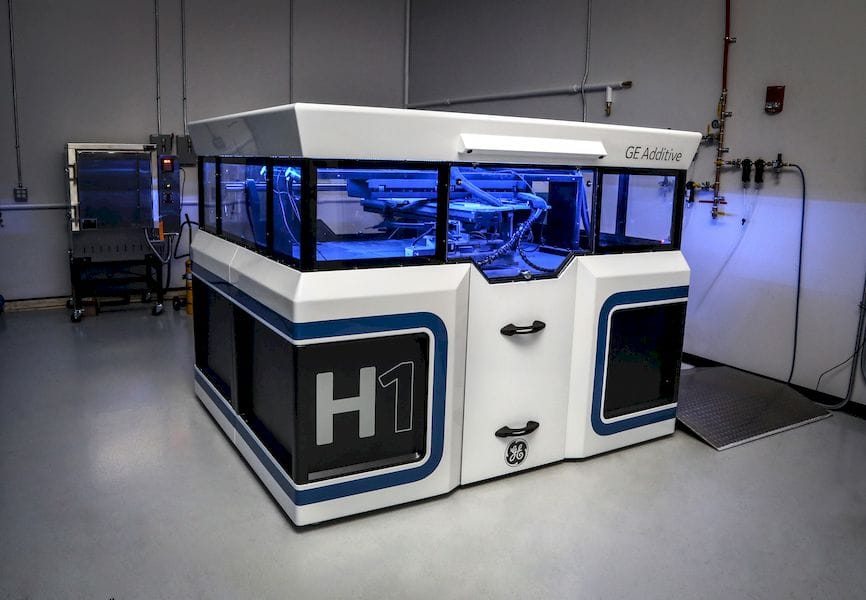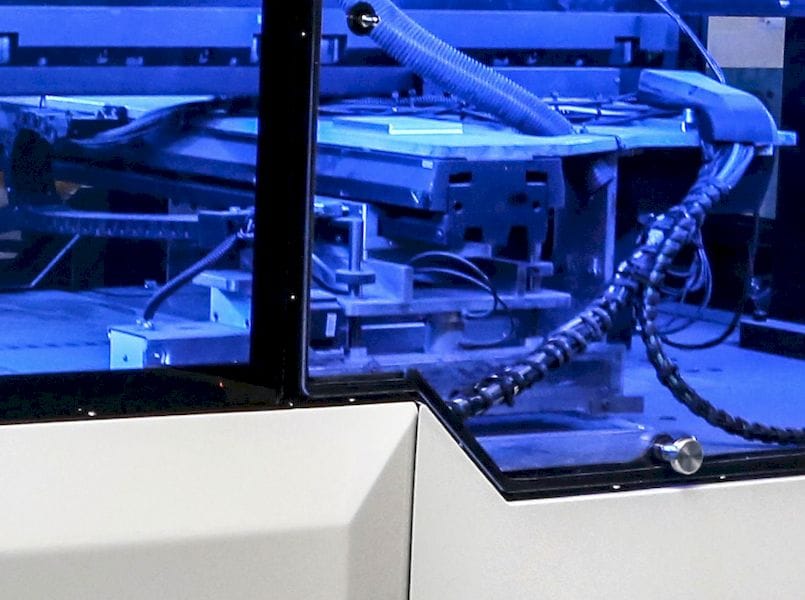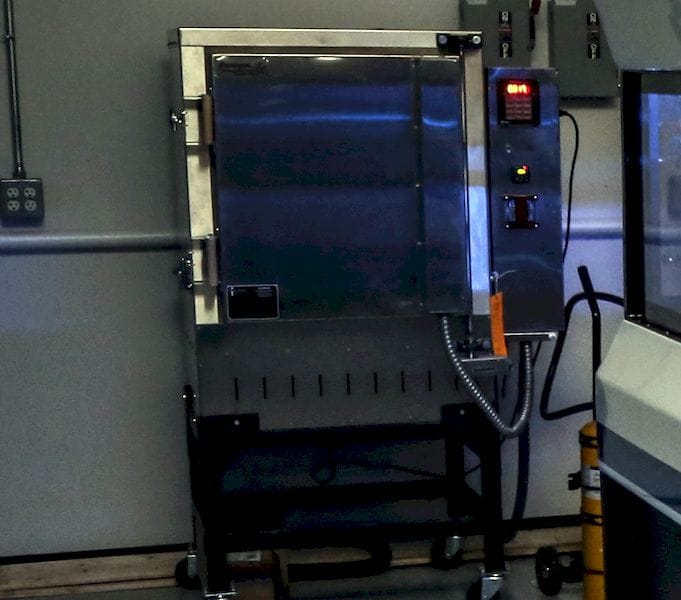
I thought I misread the press release, when it said GE Additive has developed a binder jet 3D printer.
But I was wrong, it appears they have done so with the announcement of something they call the “H1” system. It seems to be another demonstrator from the ambitious 3D printing company, who publicly displayed another 3D metal printer concept recently, the Atlas project.
There isn’t much information about the H1 system. In fact, the entire press release reads as follows:
Cincinnati, 13 December 2017 – GE Additive has released the first image of a prototype of a brand new additive machine (project name H1) based on binder jet technology that will eventually challenge the need for castings. Further iterations of this machine will be made in early 2018 with the first production machines being shipped mid-2018.
The new binder jet machine which can print large parts with a range of materials, including stainless steel, nickel and iron alloys is set to disrupt traditional manufacturing techniques. The new machine aims to remove the need for castings and therefore expensive tooling, molds and infrastructure are not required. This first machine is faster than any binder jet machine on the market today.
Mohammad Ehteshami, Vice President and General Manager, GE Additive said, “We see great demand for binder jet technology in the aerospace and automotive sectors. We are committed to accelerating the additive manufacturing industry and will continue to build on our strength in the laser and EBM modalities by developing and bringing new technologies to market. We have a progressive approach to innovation and product development. I challenged the team to develop this new machine in 55 days. They came in ahead of time with the process of concept to first print taking only 47 days.”
Ok. Let’s take this apart.
GE Additive has been strongly interested in 3D metal printing for years now, mainly due to their aircraft business, in which they build sophisticated jet engines with increasing quantities of 3D printed metal parts. These engines have an advantage derived from their innovative use of the technology.
GE’s interest has been so strong they acquired TWO 3D metal printer manufacturers over the past year, Arcam and Concept Laser, and almost landed a third company, SLM Solutions. Both of these companies employ powder/bed laser/electron beam approaches to 3D printing in which the parts are directly made by applying high energy to fine metal particles.
The Atlas system also employs the powder-bed 3D metal printing process, and it is designed to scale up to very large sizes.
But binder jetting is an entirely different process, used by neither Concept Laser nor Arcam.
A binder jetting process uses an adhesive binder to link loose powder together into the desired shape, which then must undergo a subsequent treatment to remove the binder and fuse the particles together. For metal prints using this approach, a spell in a sintering furnace is typically done.
GE Additive’s release doesn’t say much about this, other than that the H1 uses a “binder jetting process”. They also say that it’s faster than other binder jet processes, but don’t explain why or how this is accomplished.

One idea I could see is that the print head may be larger, with huge numbers of binder jets. If we take a closer look at their released image. We can see that there does seem to be a rather large mechanism that could indeed be holding many binder jets.
Although there are no specifications for the H1 demonstrator, it does appear to have a very large build volume, at least in the X-Y dimensions.
We don’t know anything about the post processing steps, aside that there likely are some given that this is a binder jetting process. However, in the background of the single released image there is a smaller device that might be a sintering furnace. It’s size may suggest something about the build volume of the H1 itself, if the 3D printed parts are to fit within the sintering furnace.

It appears that GE Additive will be releasing additional information over the course of the next few months when they release updated iterations of the concept.
Meanwhile, 3D printer manufacturers producing casting systems may feel some competitive pressure. It will be interesting to watch the stock prices.
Via GE Additive and PressReleaseFinder

